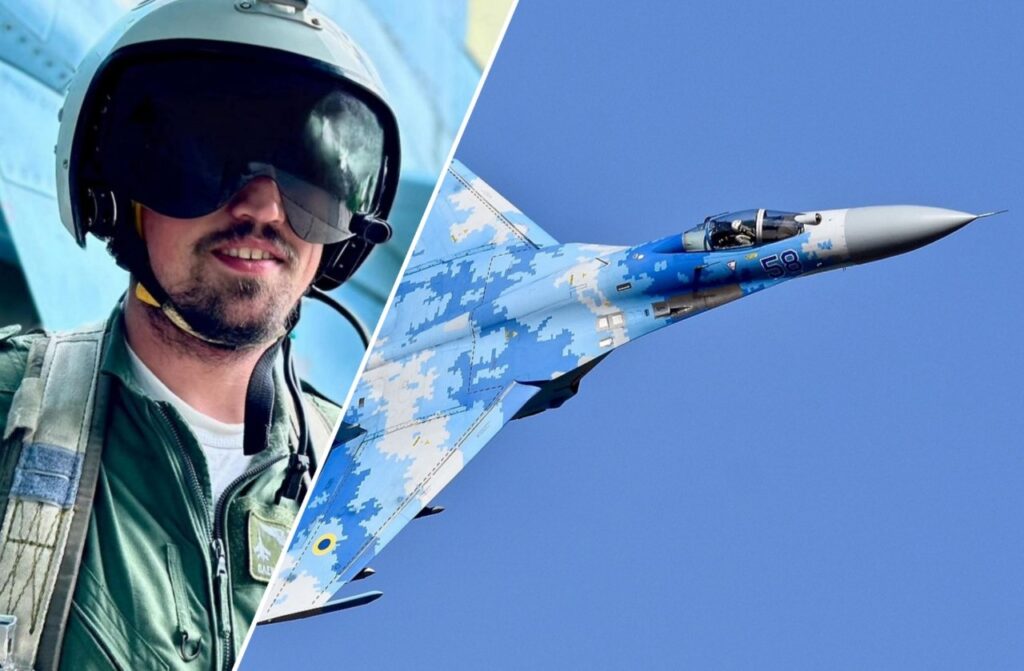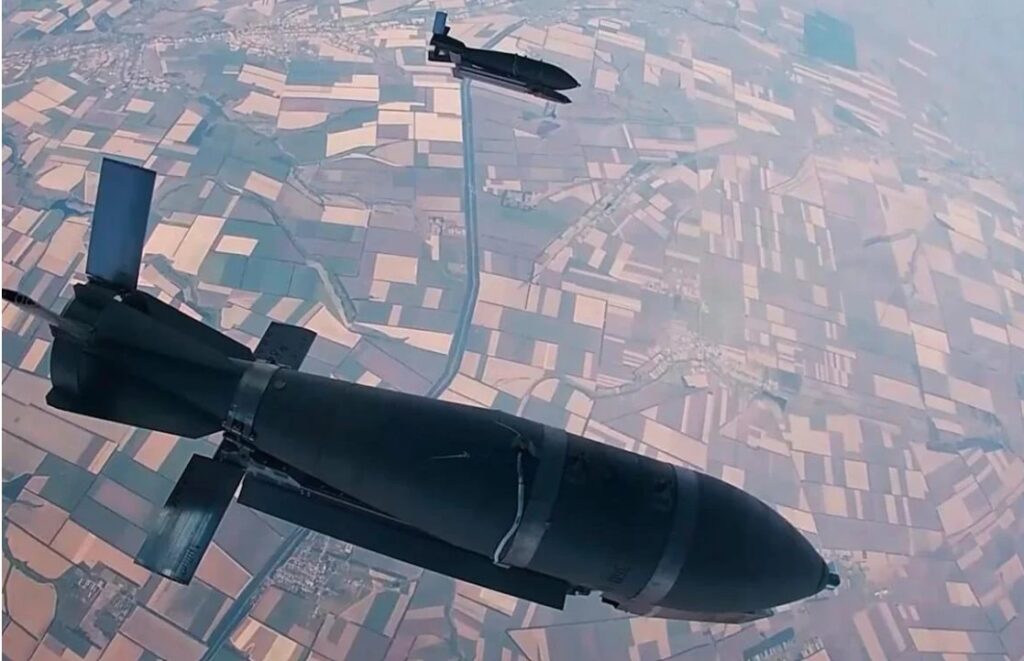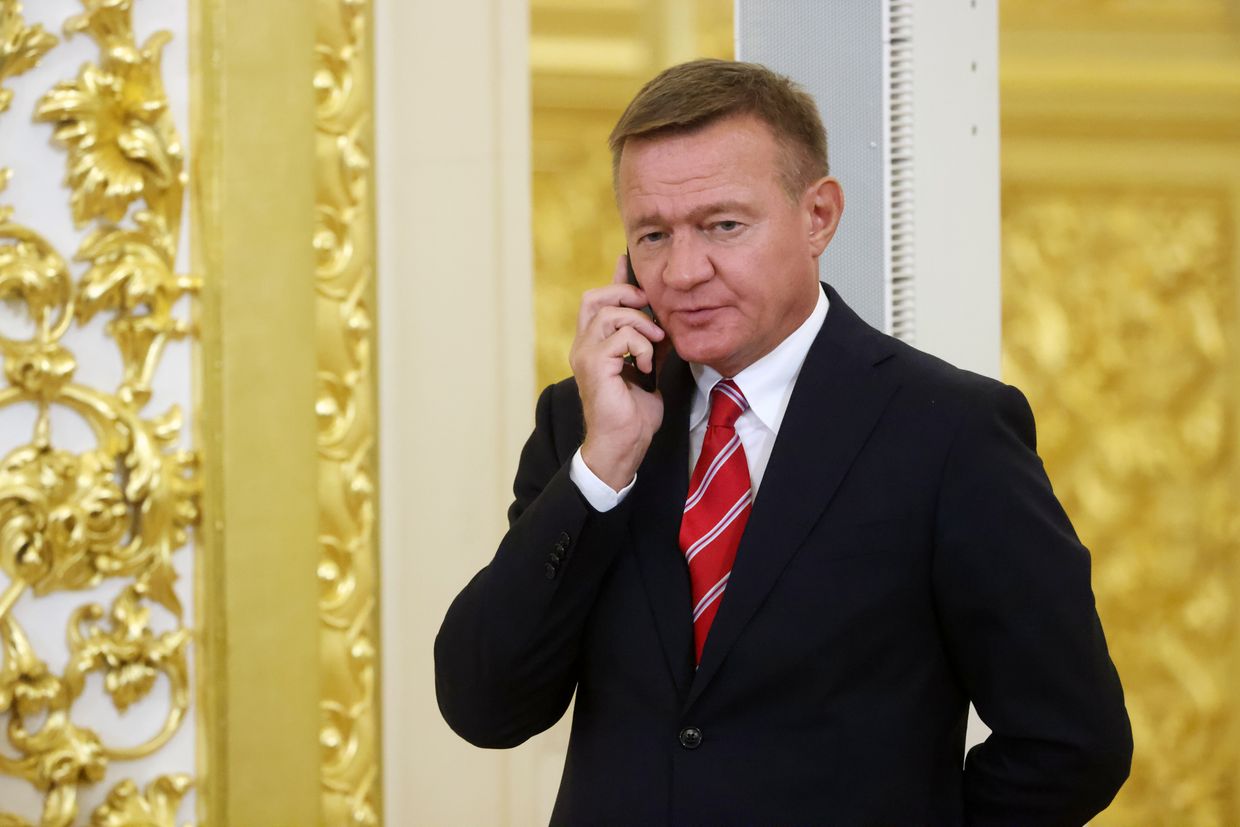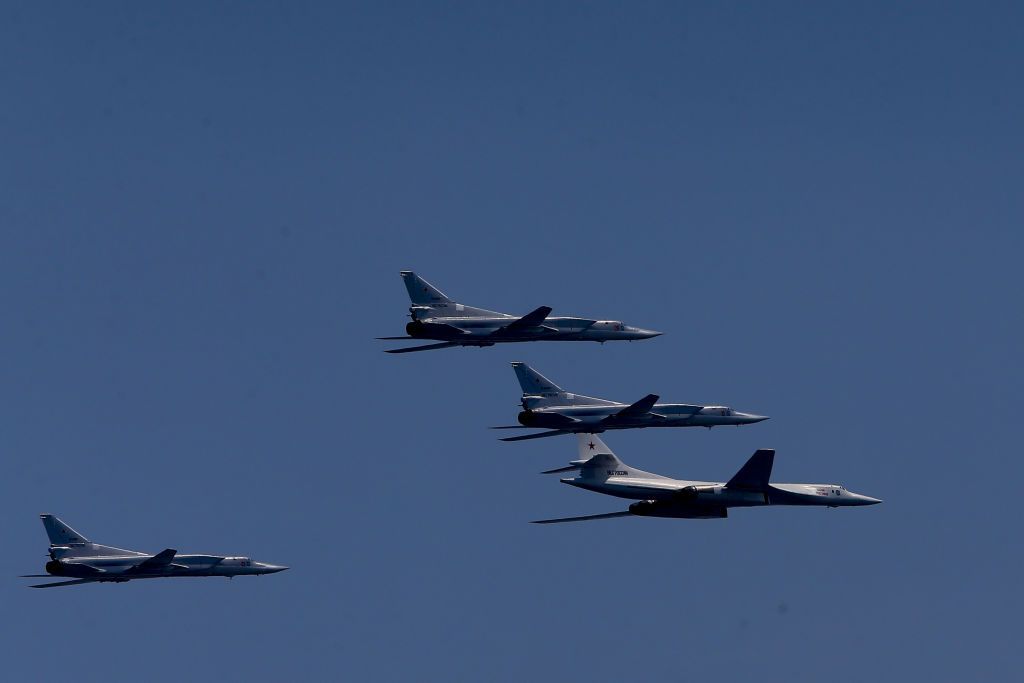Trump’s push to warm relations with Belarus may save Russia’s dying aviation fleet

The lifting of US sanctions on the Belarusian airline Belavia could become a new channel of support for Russian aviation. This would allow not only the repair of its own fleet of Boeing and Embraer aircraft but also the partial supply of spare parts to Russia, which has been suffering from a component shortage for several years, military expert Anatolii Khrapchynskyi explains, according to Ukrainske Radio.
Earlier, US Deputy Special Representative for Ukraine John Cole stated that Washington had lifted sanctions on Belavia airline. This took place during a meeting with the self-proclaimed president of Belarus, Alyaksandr Lukashenka, Belta reports. With this step, US President Donald Trump’s administration plans to restart its relations with the country, which has been helping Russia wage the war against Ukraine.
At the same time, there is still no official information on the lifting of sanctions, despite reports in Belarusian media; no such decisions have been published on the US Treasury website.
US sanctions: risks for aviation safety
If restrictions were fully lifted, Belarus would be able to actively acquire spare parts for its six Boeing aircraft and supply some components to Russian carriers.
“The key issue here is not so much the legal aspect as the importance of access to spare parts,” emphasized Khrapchynskyi.
Russia and Belarus searching for donor aircraft
“At this stage, Russia and Belarus are forced to buy broken aircraft all over the world in order to use them as donors. Even in Russian legislation, they tried to include the possibility of purchasing non-original spare parts for aircraft,” the expert noted.
According to him, it is also important to understand whether the potential lifting of sanctions will affect not only Belavia but also its maintenance company, Belavia Technics, which could obtain a certificate to service aircraft.
European restrictions and possible loopholes for Russia
Despite a potential US decision, European sanctions remain in force. They prohibit Belavia from flying to Europe and from servicing Western Boeing aircraft.
“If the sanctions are lifted, where will Belavia actually be able to fly? If this is only about spare parts, won’t it simply become a gateway for the Russian fleet to acquire components? And how will the world react to this — will it turn a blind eye, or will someone monitor it?” Khrapchynskyi said.
He added that a possible partial lifting of sanctions could include restrictions: spare parts would be issued only for Belavia’s six aircraft to prevent mass deliveries to Russia.









